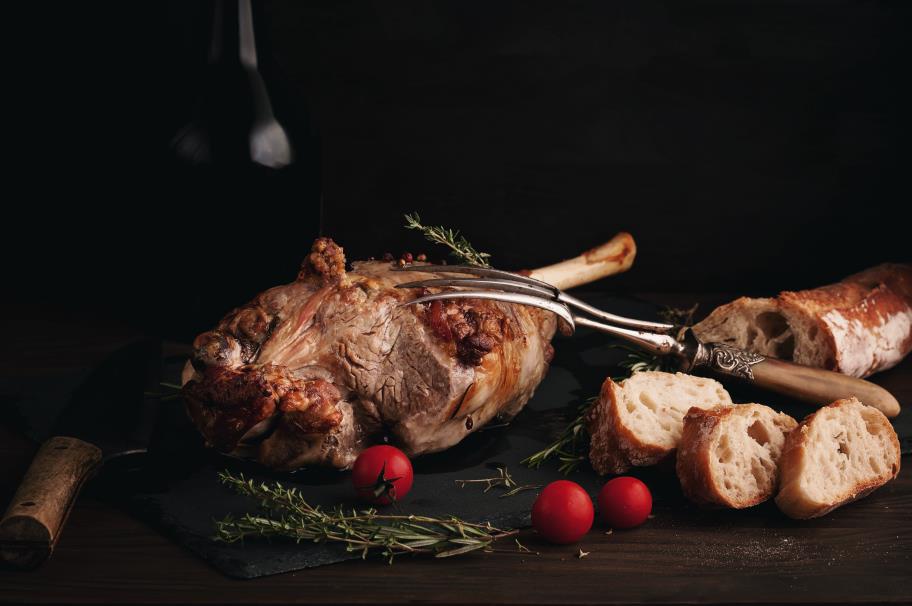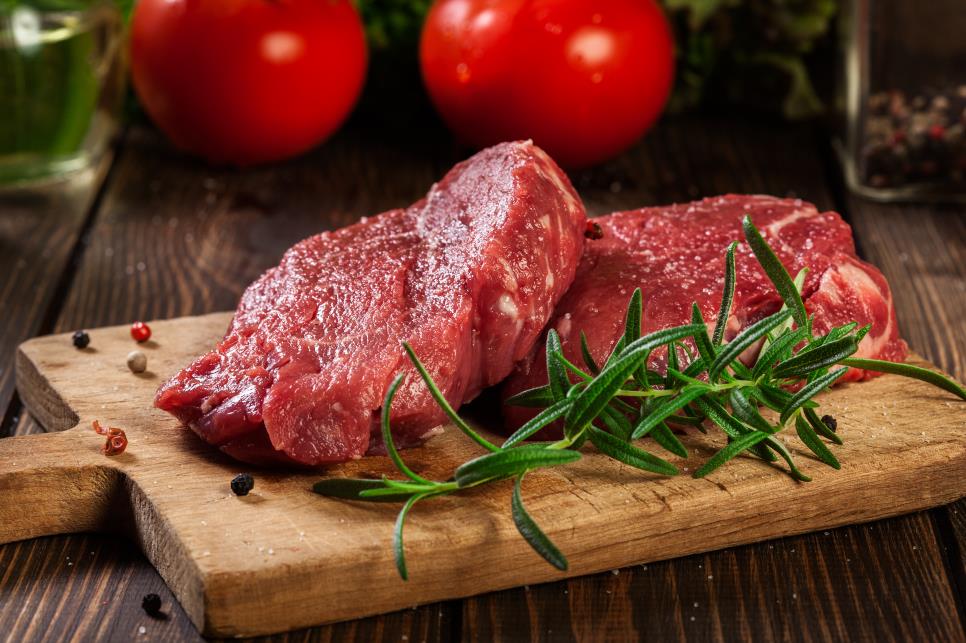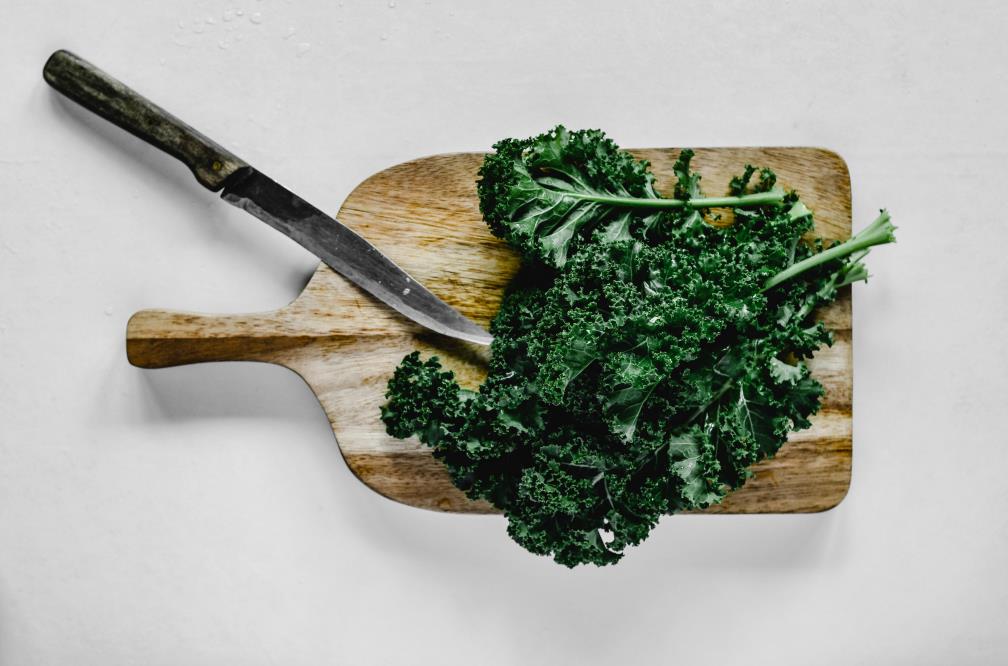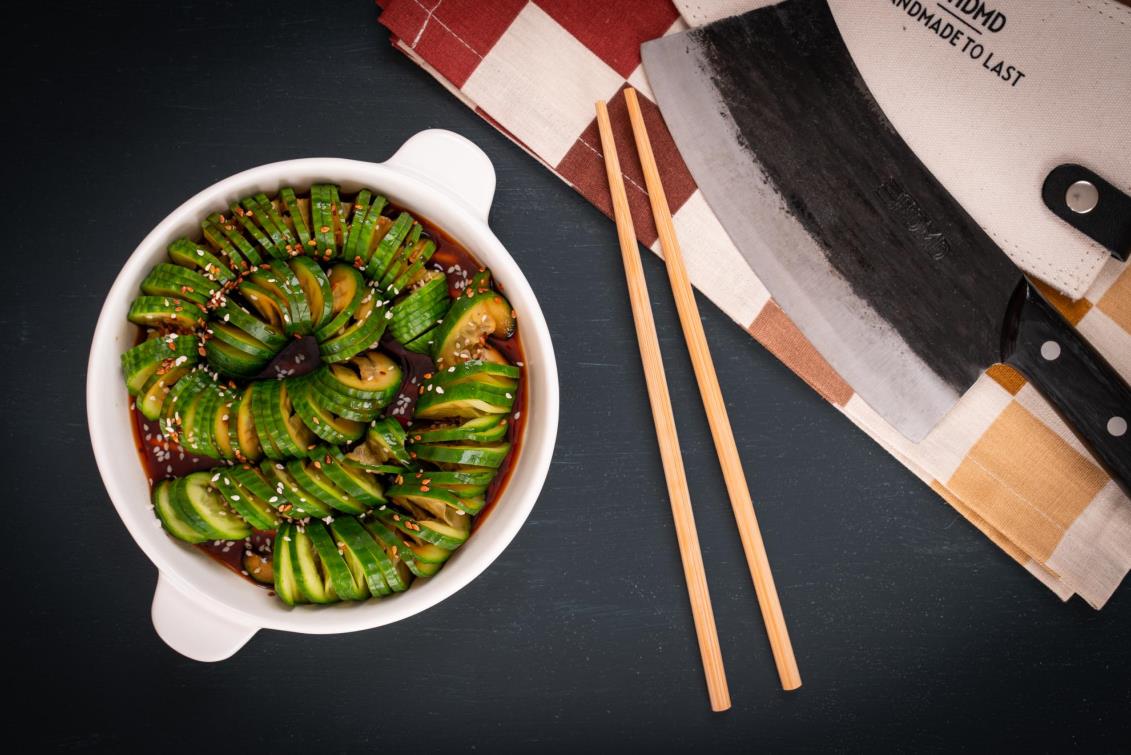Lemons give zing to the kitchen and your drinks menu; they’re bursting not just with goodness but with tiny pockets of delightfully sour and clean taste too!
Let’s get the most out of lemons and explore how to cut them like a pro chef, how to maximize its health benefits, and how to store lemons best for both flavor and longevity.
Table of contents
Cutting lemons: 5 simple techniques
Note: For the instructional steps in this article you’ll need a sharp knife and a sturdy, non-slip chopping board. We recommend either a chef’s knife, paring knife or utility knife for easiest cutting.
Handpicked for you
True cutting power in the palm of your hand
Cutting lemon wedges

Lemon wedges are decorative and functional when served alongside seafood. Cutting a lemon into wedges also means you can freeze it easily for use later. Here’s how:
- Take a whole lemon (skin on) and trim off both ends, removing about ½ inch from each ‘pole’ of the lemon. This will give each end of the lemon a flat surface to balance it on.
- Place the lemon on your chopping board, positioned on one of its flattened poles so that it isn’t moving around.
- Now cut once through the middle of the lemon, separating it into two halves. Pick out any seeds and discard.
- Take a half of your lemon, place it face/flat side down on your board and slice it vertically through the middle again, from ‘pole’ to ‘pole’ if you picture the lemon as a halved terrestrial globe.
- Now you will have 4 quarters of lemon.
- With your knife, cut once through the middle of each lemon quarter along its length or spine, this will divide each quarter of lemon into eighths or wedges.
- Continue cutting your lemons into eighths or wedges until you have enough wedges for your needs.
Cutting lemons for juicing
One of the most popular ways to use lemons is strictly for their juice. You’ll make use of this technique often for baking, sauces, and lemon based drinks. First, let’s cover some top tips for making lemons juicing ready!
- Tip 1: Put your lemons into a bowl of hot water so that they’re fully submerged. Leave for 5 minutes then let them cool and proceed with juicing
- Tip 2: Heat your lemons (whole) in the microwave for 25 seconds on high, this will heat and soften the interior of the lemon, so it gives more juice
- Tip 3: Pressing on the lemon firmly with your palm, roll it along your chopping board a couple of times, it will release more juice when you cut it open and juice it
Method
For use in juicing, either with a countertop citrus juicer or by squeezing in your hand, you need to halve your lemons.
- Follow one of the steps outlined above, so that your lemons are warmed or massaged into juiciness!
- Next, take your sharp knife and cut off one of the pole ends of the lemon, so that one end is a flat surface.
- Balancing the lemon on its flat pole end, cut once through the middle of the lemon vertically along its length. Remove the lemon seeds.
- This will give you two halves of lemon ready for juicing.
- Continue halving your lemons until you estimate that you have enough to produce the juice needed for your recipe.
Slicing a lemon
Lemon slices are fantastic as garnishes, with seafood or to flavor a tangy marinade or sauce. Let’s look at simple slicing technique.
- Take your whole lemon and trim off the pole ends so that it has two flat ends to balance on.
- Place the lemon on one of its flat ends so that it’s stable, and using your sharp knife, slice downwards across the lemon starting at one end and working towards the other.
- As you slice off one round of lemon, move the knife along in small increments or spaces and continue placing your cuts along the breadth of the lemon until you get to the opposite end.
- You’ll want to slice downwards in one smooth motion until the whole lemon has fallen apart into rounds or wheels of lemon.
- Slices very close together will give delicate, fine slices of lemon, slices wider apart will give chunkier slices.
- Continue slicing off rounds of lemon the thickness you want until you have enough to use for your recipe. Discard any seeds before using.
- If you’d prefer half moons of lemon, simply cut each round slice of lemon through the middle, dividing it into two half-circles or half-moon shapes.
Cutting lemons for garnishes

Lemons can be so dainty and attractive as a garnish. On your favorite cocktail or simply to add an accent and touch of color to a prepared dish, lemons lend themselves to decorative uses.
Top tip: The larger the lemon, the longer the twist. Buy the biggest lemons you can find for use as twist garnishes!
Cutting a lemon twist
- Take your gratifyingly large lemon and cut a ¼ inch thick slice (round) from it at its widest point. This will be at the middle of the lemon. Pick out any seeds with the tip of your knife.
- Place the round slice of lemon flat side down on your cutting board and, using your sharp knife, put the tip of the knife exactly in the middle of the lemon flesh.
- Now push the knife downwards, so that you’ve sliced through one side of the lemon’s flesh and peel.
- Your ring of lemon will now have a sliced gap on one side of it.
- Use your knife carefully and slowly to cut along between the flesh of the lemon and its peel, following the curve of the ring.
- Cut halfway between the peel and the lemon skin so that a very thin layer of pith remains on the peel, this helps to keep the peel together so that you can work with it.
- Cut along, following the curve, until the flesh of the lemon is completely removed from the curl of peel.
- Put the lemon flesh aside for other uses or discard.
- Using a small sized knife or paring knife, trim off any excess or thick parts of pith on the inside of the peel surface. Neaten the peel by trimming off rough edges with your knife.
- Now grasp each end of the peel strip and twist the two ends of the elongated peel between your hands (in opposite directions) so that they concertina and form a spiral or twist.
- To make a tighter spiral, twist the strip of lemon peel around something thin and long like a chopstick and press the peel firmly into shape.
Cutting a crown or zig zag half of lemon
Halved lemons with crown point or pointy edges look very festive when served with meals or dessert dishes. It’s easy to get this effect too!
- Trim off both pole ends of your lemon.
- Find the center of the lemon on its skin, midway between the two pole ends.
- Using a small, sharp knife, make a diagonal cut at the midway point that’s as wide as the blade of the knife you’re using.
- Once you’ve made a diagonal cut down, you’re going to reverse direction and carry on the cut diagonally but in the opposite direction, so upwards. You’ll be cutting a V shape in other words.
- Continue cutting those diagonal cuts along the middle of the lemon widthways, until the whole circumference of the lemon has been divided in two with the jagged or crown points meeting in the center.
- Once you’ve cut through the whole lemon, twist both halves apart in opposite direction with your hands and remove any seeds.
- You’ll be left with two halves of lemon with upraised crown or star points that you can use for an attractive garnish.
Storing cut lemons

To keep cut lemons fresh and strong in flavor you can:
- Wrap lemon pieces in clingfilm or place in an airtight container and store in the fridge for about a week.
- Put lemon pieces onto a baking tray and freeze, keeping the pieces separate so that they don’t stick together. Once frozen, scrape them off the baking tray and decant into freezer bags. Seal tightly and they’ll stay fresh in the freezer for several months.
- If storing halved lemons in the fridge, wrap each half tightly in clingfilm and place flat side down to preserve moisture and color.
- Consider turning any lemon pieces into juice, this will store for about a week in an airtight bottle or glass jar in the fridge.
A major health benefit of lemon in your diet
Lemon is full of vitamin C, which promotes the production of collagen in your skin, keeping you looking youthful for longer. That same vitamin C lowers stroke risk, lowers blood pressure, and helps the body to fight against cancerous cells.
Lemon juice is certainly a valuable part of the health aware person’s daily eating plan!
Lemon FAQs
How many lemons can I eat a day?
Two lemons per day is the recommended dose for your lemon consumption.
Lemon water is a healthy drink, but everything in moderation. Modern research shows that the juice of 2 lemons daily is sufficient for good health. An excess of lemon water on the other hand may cause heartburn and acid reflux, so don’t go overboard!
Should I eat lemons if I have a cold?
Lemons are high in vitamin C, which is known to be cold busting! However, nowadays you can get over the counter vit C supplements which will be as effective, so unless you enjoy eating raw lemons in their natural form, a vitamin C or lemon – based supplement will do the job just fine.
In conclusion
Lemons just pop with color and sour sparkle for both your drinks and your food. Hopefully this article on cutting, storing, and maximizing the health benefits of lemons has helped you see these sunshine yellow globes in a new light!












